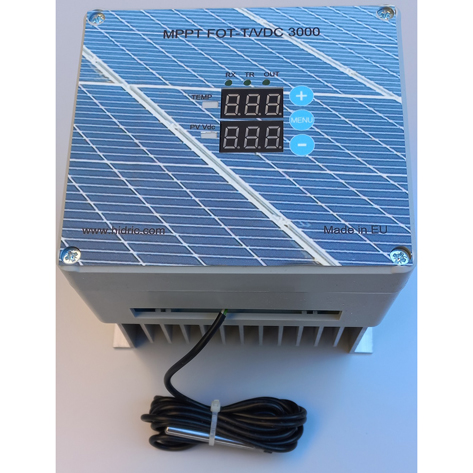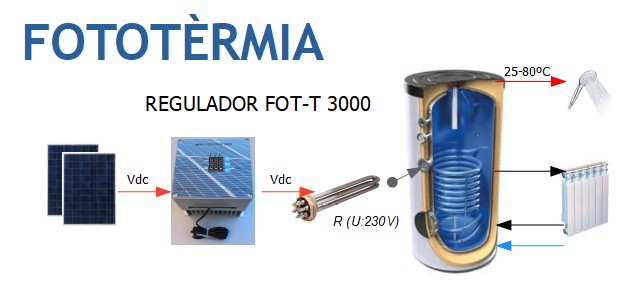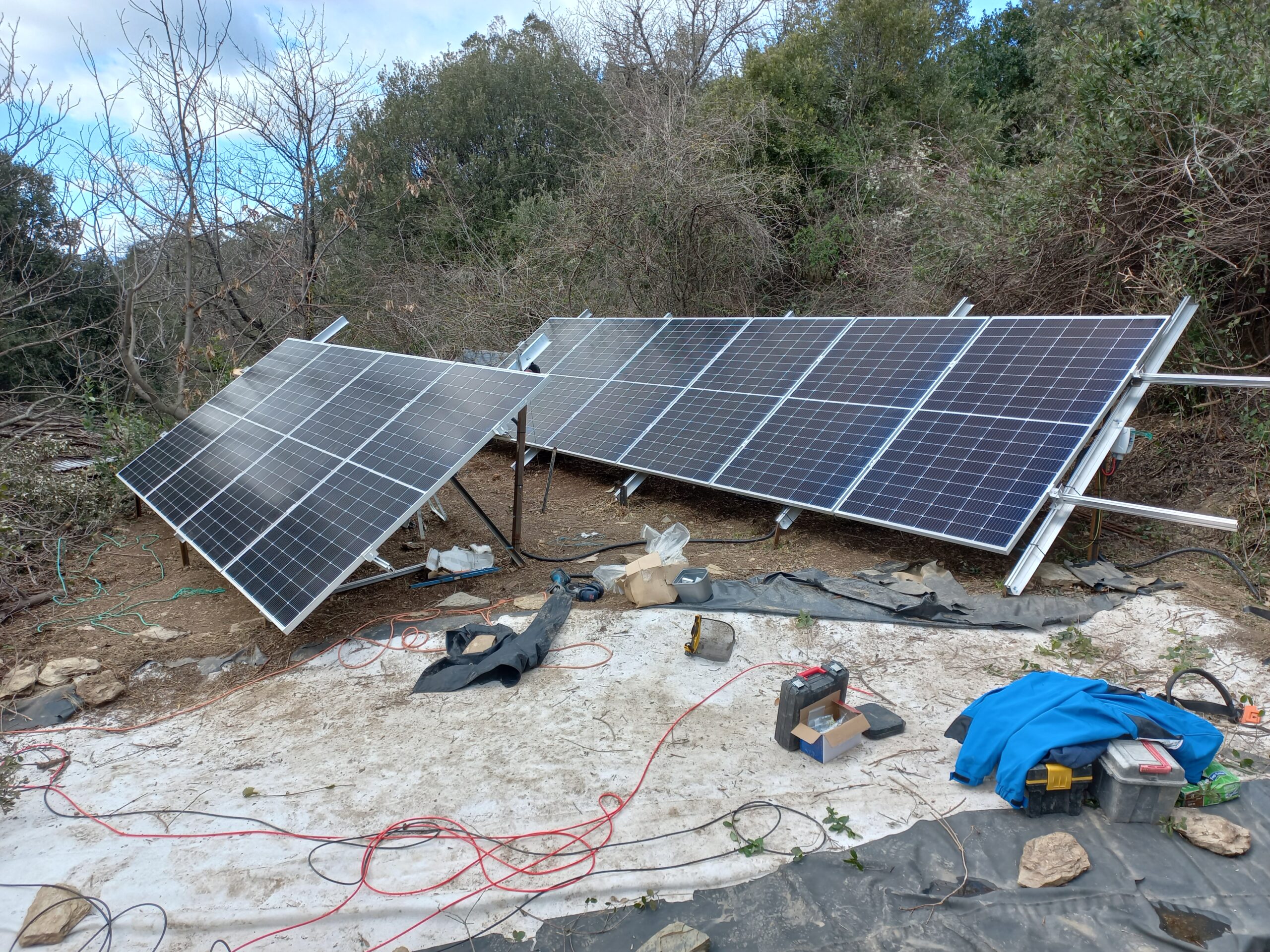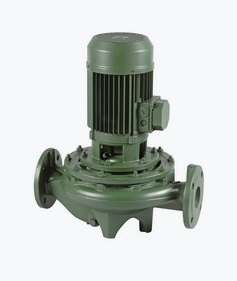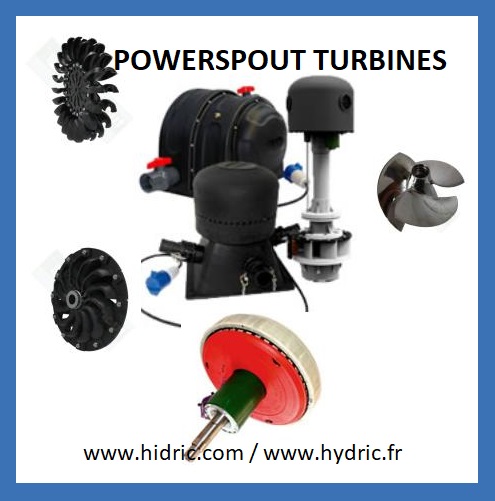Energy self-production
SELF-PRODUCTION OF ENERGY
Self-production of electricity: It is the electrical energy (or energy in the form of heat), produced inside the house and self-consumed at the same time, without depending on external sources (or only on a support). Self-production of electricity includes mini-hydro, photovoltaic, biomass, methane or wind.
In Hídric Online, I propose three systems for self-producing electricity:
- Mini hydraulic turbines,
- photovoltaics (including photothermal energy) and
- methane gas production.
The systems can be complementary to each other. What do you need to be an energy self-producer? You must have some resource available: Water, hours of sunlight or organic matter.
a) If you want to implement a hydroelectric system, you need to know: The water you have available, and the drop or difference in elevation between water layers. It is also important to know the distance where the hydraulic turbine will be placed and the house (for calculating the cable section). What power can you obtain? You can use the following formula: P (w) = D (L / s) · H (m) · 4.5
b) If you want to implement a photovoltaic system, you must have hours of sunlight. Orientation and inclination are also very important. The installed power will never be what you will receive from the inverter, so it is necessary to oversize the number of plates precisely to correct the orientation and inclination and hours of sunlight available.
c) Methane occurs due to the aerobic-anaerobic process carried out by bacteria in the process of decomposition of organic matter. The ideal is to use manure or livestock droppings. The methane obtained (an easy process to obtain but difficult to obtain large quantities of if adequate maintenance is not carried out), must be filtered. It can be used directly as gas and burned (cooking, boiler, etc.) or put under pressure and then obtain electrical energy through a thermodynamic system.
At Hídric Online, we can make you a pre-project or Technical Report for each of these energy self-production options. It has an engineering cost. Ask for more information
PHOTOVOLTAIC
Installations and supplies of all the elements for a photovoltaic installation in private houses, farms, industrial. We can also offer calculations or Project or Technical Report.
Whether it is a mixed system with a hydraulic turbine, or with a battery (isolated area), or as a grid complement (without sending surplus to the grid), your photovoltaic installation will allow you to significantly reduce your electricity bill.
PUMP TRANSFORMED INTO TURBINE – PAT (Pump as Turbine)
A pump converted into a turbine (Pump as Turbine -PAT), is a reversible conventional pump, therefore able to pump (water up) or turbine (water down).
PAT systems significantly reduce initial investment costs by using existing pumping infrastructure to generate hydroelectric power.
A PAT turbine can be viable in pressurized water circuits between 3 and 90mca and flows from 10 to 200m3/h.
POWERSPOUT HYDRAULIC TURBINES
Mini hydraulic turbines to obtain electrical energy from a renewable source such as water. Ideal for isolated areas where there is a water course with a hydraulic potential that can be transformed into energy 24/24 for self-consumption.
There are three models available (plus two mini versions):
PELTON PLT: Small flow and a big jump: Flow from 0.5 to 5 l/s. Differences in level from 5 to 130m
TURGO TRG: For medium flows and medium jump: Flow from 6 to 18 L/s. Differences in level from 3 to 40m
FIXED PROPELLER (similar to KAPLAN) LH: For large flows and little gradient: Flow from 20 to 55L/s. Vertical difference from 1 to 5m

